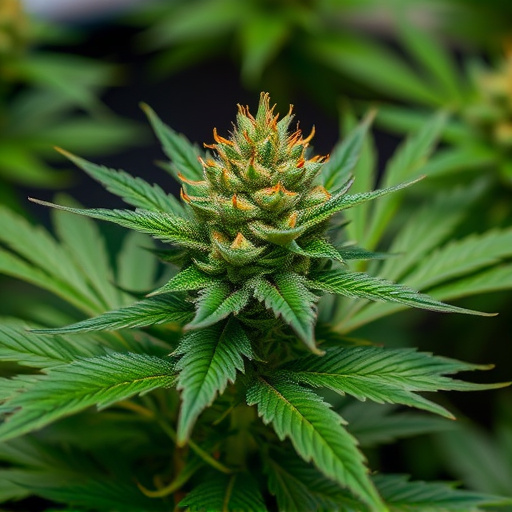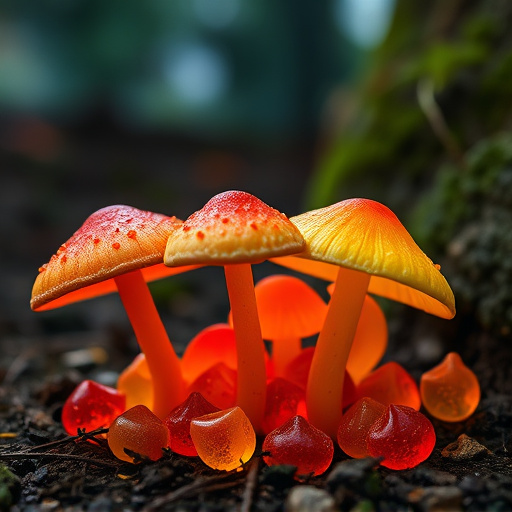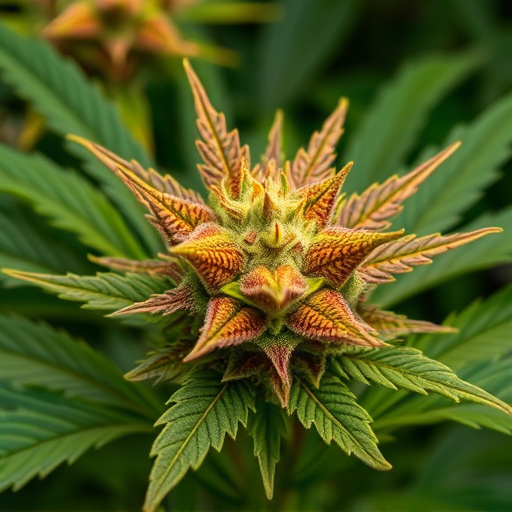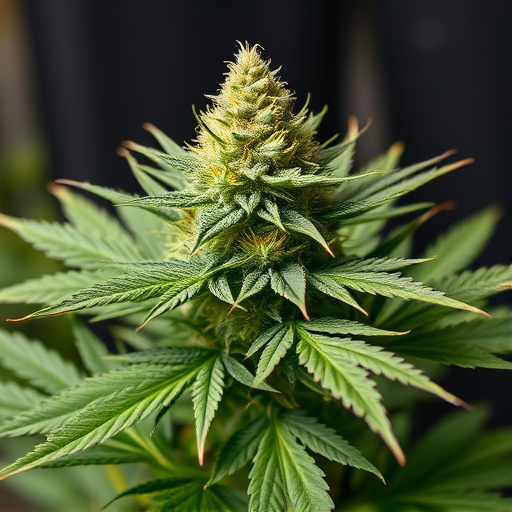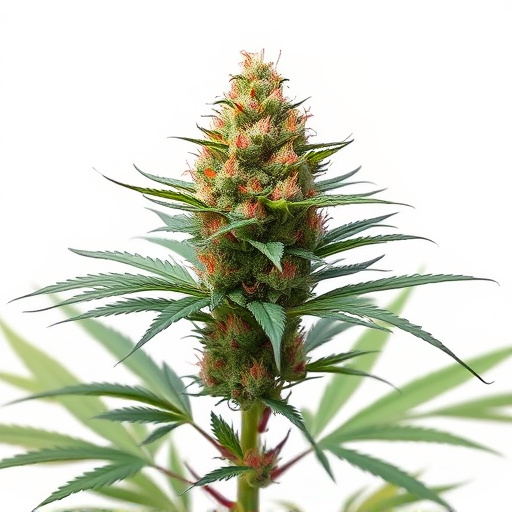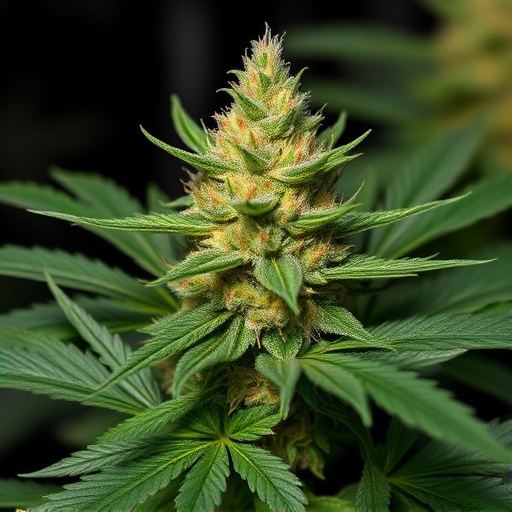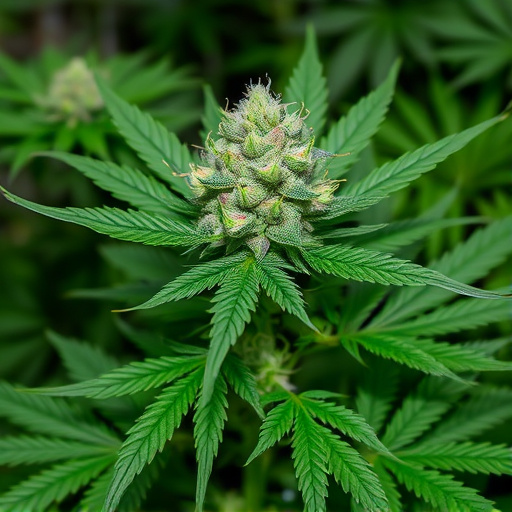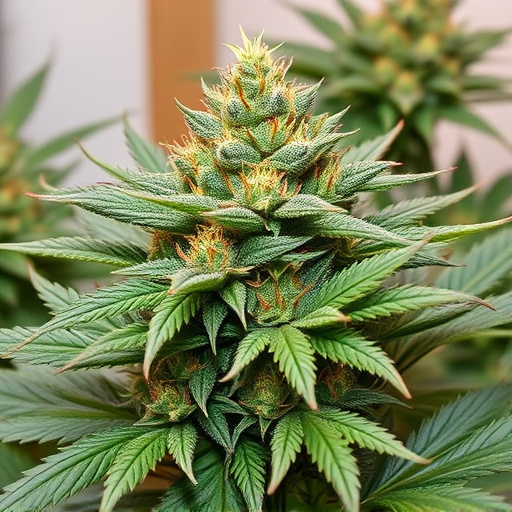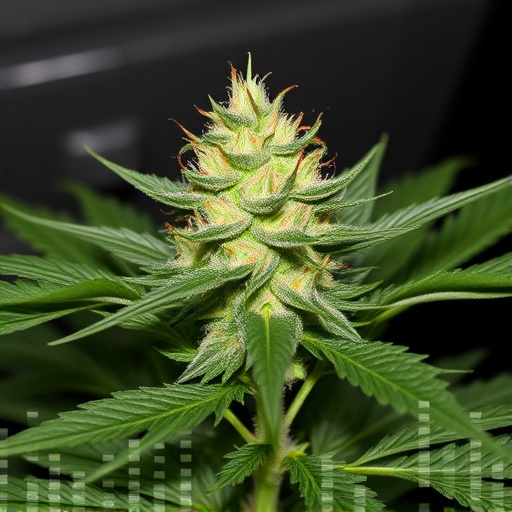Dried-out cannabis is a common issue caused by heat, humidity imbalances, and poor air circulation, speeding up aging and mold growth. Newer strains, with their diverse genetics, advanced breeding, and unique terpene profiles, offer improved adaptability and drought tolerance, aiding in plant restoration. Cultivators can revive dried plants using techniques like humidifiers, pruning, light exposure, and balanced watering, unlocking the potential of these modern cannabis varieties.
“Revitalize your dried-out weed with our comprehensive guide! This article explores effective strategies to restore lifeless cannabis, delving into the science behind its desiccation and the role of modern, hybridized newest strains of cannabis. Learn how these innovative varieties can enhance restoration efforts. We’ll provide practical methods, ensuring your plants regain their vigor. From identifying causes to implementing successful restoration techniques, this is your ultimate resource for bringing dried-out weed back to life.”
- Understanding Dried-Out Cannabis and Its Causes
- The Role of Newest Strains in Restoration
- Effective Methods for Restoring Dried-Out Weed
Understanding Dried-Out Cannabis and Its Causes
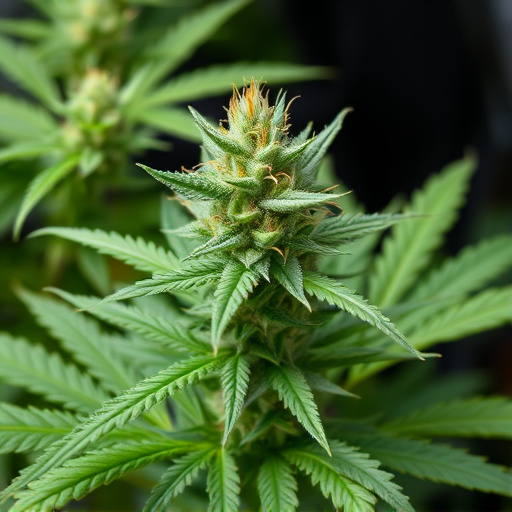
Dried-out cannabis, or cannabis that has lost its potency and freshness, is a common issue faced by many growers and enthusiasts. Understanding the causes behind this phenomenon is the first step in reversing it. The modern market offers a wide array of newest strains of cannabis, each with unique characteristics and requirements. However, these delicate plants can be susceptible to various environmental factors that contribute to their drying out over time.
One primary cause is exposure to excessive heat or direct sunlight, which accelerates the natural aging process. Inadequate humidity levels also play a significant role, as cannabis plants require a specific moisture range to thrive. Overwatering or under-watering can lead to root rot or desiccation, respectively, both of which contribute to the plant’s overall drying out. Additionally, poor air circulation within grow rooms or outdoor environments can create conditions that favor mold and mildew growth, further compromising the quality and potency of the cannabis.
The Role of Newest Strains in Restoration
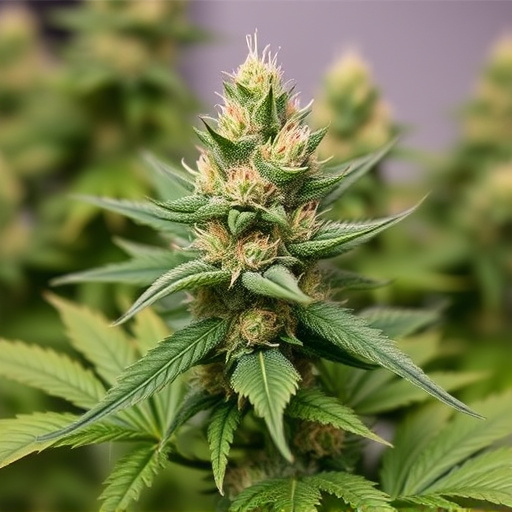
The introduction of newer cannabis strains has played a significant role in the world of weed restoration. These modern varieties offer a diverse range of genetic characteristics, allowing for more options when it comes to reviving dried-out plants. With advanced breeding techniques, cultivators have developed strains that are not only potent but also adaptable and resilient, making them ideal candidates for restoration projects. The newest strains often possess unique terpene profiles, providing an array of aromatic and potential therapeutic benefits.
Additionally, these new cannabis strains may have been engineered with specific traits to enhance their ability to recover from drought or poor growing conditions. Some varieties are known for their rapid growth rates, thick resin production, and strong root systems, all of which contribute to a plant’s overall health and its capacity to bounce back from desiccation. Incorporating these modern strains into restoration efforts can significantly improve the success rate and create healthier, more vibrant weed plants.
Effective Methods for Restoring Dried-Out Weed
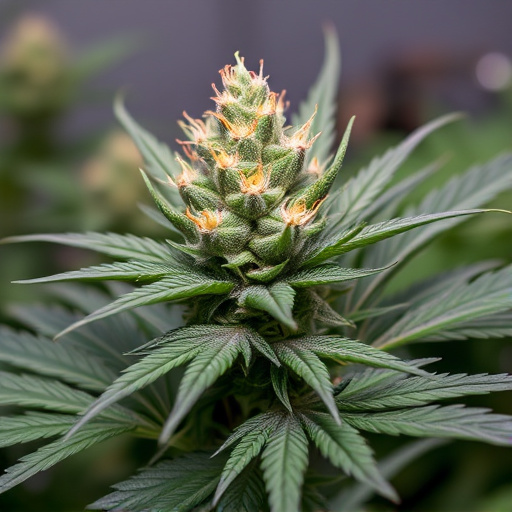
Restoring dried-out weed can be a rewarding endeavor for cannabis enthusiasts, especially with the latest advancements in cultivation techniques and an ever-expanding array of newest strains of cannabis. One of the most effective methods involves using a humidifier or creating a mini-greenhouse around the plant to maintain optimal humidity levels. This simple step can significantly slow down the drying process and prevent further damage.
Additionally, gentle pruning and regular light exposure are crucial for reviving dried-out weed. Pruning removes dead or damaged leaves, allowing more energy to focus on the healthy parts of the plant. Adequate light, whether natural or artificial, ensures proper photosynthesis, which is essential for growth and restoration. When combined with consistent watering (without overwatering) and a balanced nutrient solution, these techniques can help restore dried-out cannabis plants to their vibrant former selves, unlocking the full potential of the newest strains.
Restoring dried-out weed is a feasible task with the right knowledge and methods. By understanding the causes behind this issue, such as environmental factors and improper storage, you can take proactive steps using effective restoration techniques. The introduction of newer cannabis strains offers promising opportunities for their enhanced resilience and potential genetic advantages. Leveraging these newest strains of cannabis in your restoration efforts can be a game-changer, providing not only improved resistance to dehydration but also potentially superior overall quality. With dedicated care and the appropriate strategies outlined in this article, you can successfully revive dried-out weed samples, ensuring their viability for consumption or research purposes.

